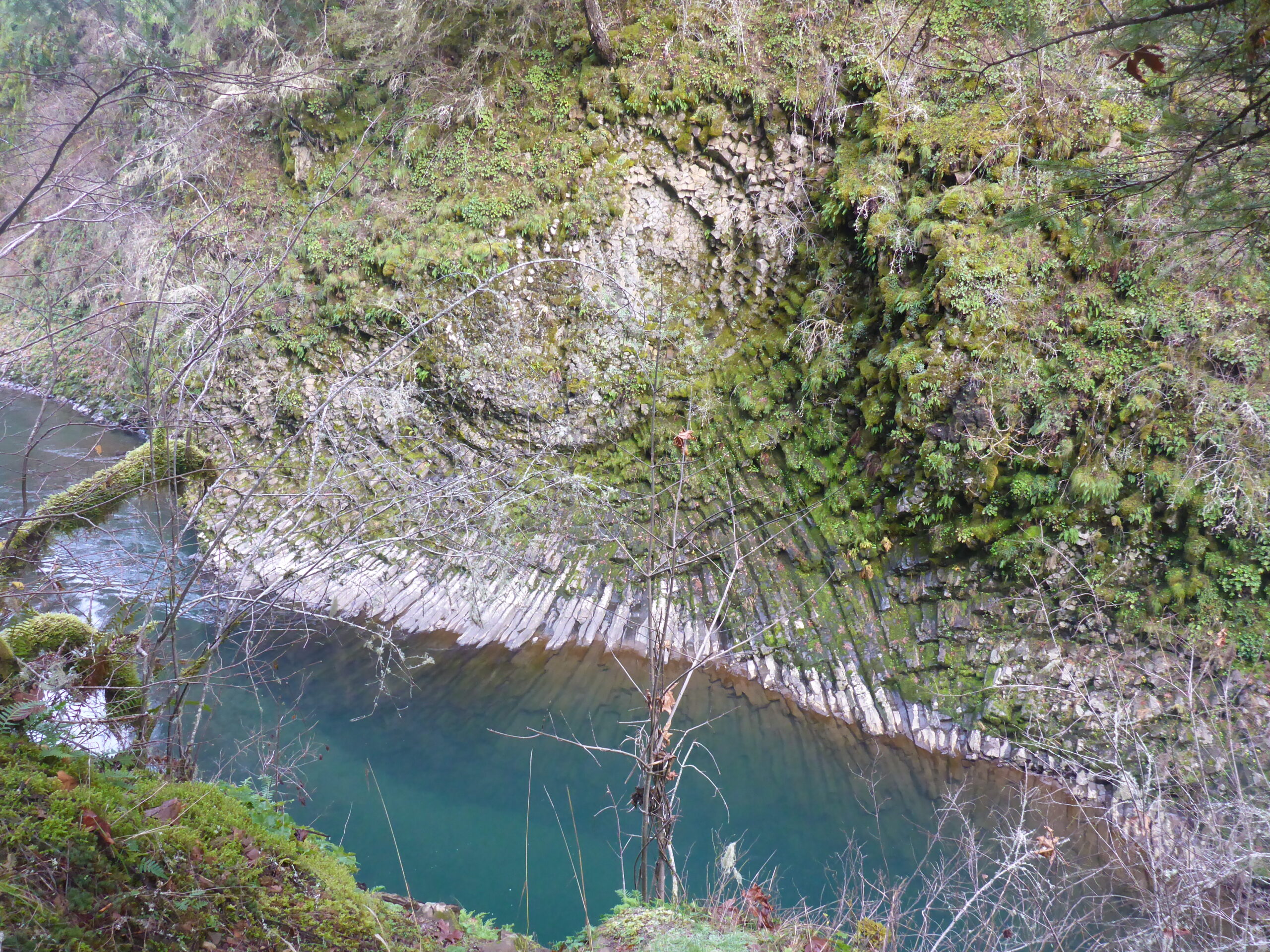Hole in the Road Timber Sale

The Bureau of Land Management (BLM) has dropped a total of 206 acres of logging from the Hole in the Road Timber Sale (HITR), surrounding the Upper Molalla River about 20 miles southeast of the City of Molalla.
After starting with a 440 acre timber sale proposal in 2015, the BLM subsequently cancelled several units groundtruthed by Bark volunteers from the original proposal, with a total of 352 acres remaining for the public to comment on in 2016. Bark was pleased that the agency removed from consideration several areas which we presented concerns about in our initial scoping comments.
The BLM removed all Late Successional Reserves from the HITR project, which are meant to be managed to eventually become old-growth forest. The agency dropped other areas “for a variety of reasons such as wildlife protection, logging problems, low stocking, steep terrain, or stream protection.”
In January of 2018, the BLM released a Draft Decision for HITR, and in doing so removed an additional 118 acres of logging from the proposal.
Bark’s Concerns
Bark’s concerns with this project included logging in designated Riparian Reserves, impacts to mature forests containing old-growth trees, degradation of wildlife habitat including that for sensitive red tree voles, and impacts on water and soils from roadbuilding and increased access for off-highway vehicles (OHVs).

Resources for Comment-Writing
Summary of Changes Made to the Project
Logging Systems and General Stand Conditions
Spotted Owl Habitat
Riparian Reserves
Roads and OHVs
Roads
Water
Suitable Wild and Scenic Molalla River
Associated Files